As an avid traveler always on the hunt for new adventures, Cuba had long been on my wishlist. Known for its rich culture, vibrant music, and spectacular beaches, there was so much about this mysterious Caribbean island that called out to the explorer in me. However, with its variable climate and peak seasons for tourism, deciding the Best Time to Visit Cuba proved a challenge. Doing extensive research into the pros and cons of each season, I’ve put together this guide to help fellow explorers find the perfect time to experience the magic of Cuba for themselves.
November to March – Peak Winter Escapism but Higher Prices
The winter months between November and March see Cuba invaded by ‘norteamericanos’ escaping the cold North. With mild and sunny weather, it’s no surprise this is high season. However, there are a few factors to consider:
- Accommodation prices are at their steepest, often rising further around Christmas/New Year when demand is highest. Booking well in advance is essential.
- Popular destinations like Havana and Varadero are bustling, with large crowds on the beaches. Finding relaxation may require venturing further afield.
- Festival season is in full swing, with events like the International Jazz Festival in January drawing huge music-loving crowds. Booking performances can also be competitive.
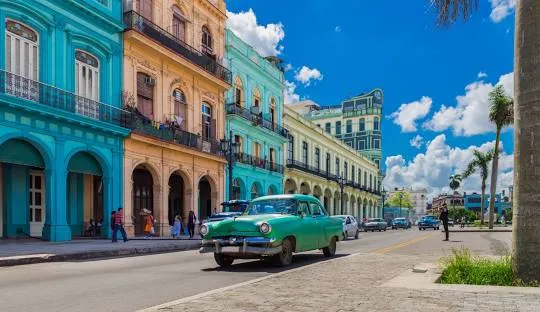
So, while the weather is stable, exploring urban locations may feel a little claustrophobic during this period. That said, the atmosphere created by all the cultural activities more than makes up for it. I’d recommend using this time for city breaks to Havana or Santiago, embracing the festivities.
December – Lights, Fireworks and Festive Fun
December kicks off with a major film festival shining a spotlight on Cuban cinema in Havana. But the real show begins once Christmas approaches – locals go all out with parrandas and elaborate fireworks displays, and they light off in the streets. Wandering neighborhoods as the glowing explosions light up the night sky is truly magical. Book accommodation well in advance if visiting during the biggest festivities.
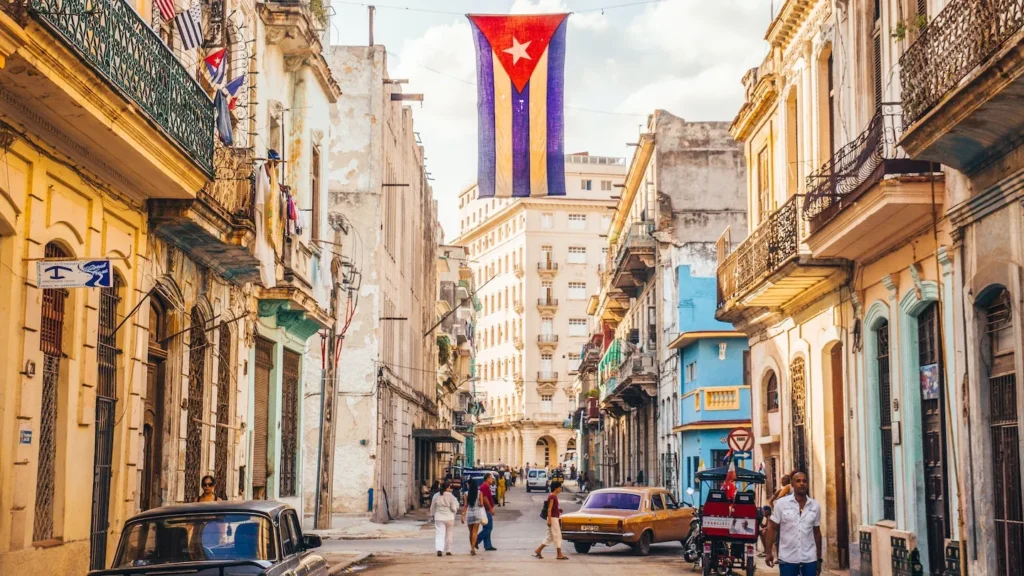
January – Jazz Vibes and Warm Weather
As the new year begins, music lovers flock to Santiago de Cuba and Havana for the ten-day International Jazz Festival. Catching world-renowned artists in intimate venues against the backdrop of historic colonial cities is unbeatable. Weather remains balmy, with highs around 28°C, making outdoor wandering comfortable. I’d recommend using this month for urban cultural exploration of the major cities.
February – Ideal for Outdoor Activities
February is still part of the dry season, with temperatures holding around 25°C during the day. With fewer crowds as visitor numbers dip post-Christmas, it’s a perfect month for active pursuits like hiking, cycling, or watersports along the southern coastline. Diving and snorkeling visibility is also at its peak, showcasing mesmerizing coral reefs. Birdwatchers will love the huge migratory diversity at this time of year, too—a great option for an adventure-filled beach break.
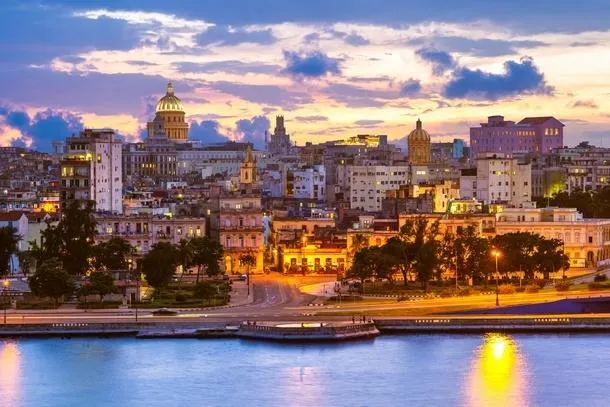
July and August – Summer in the Tropics but Busy Beaches
The summer months see Cuba at its hottest and most lively, with locals and international tourists filling resorts, beaches, and festivals nationwide. Here are a few notes on travelling during these sizzling months:
- Hotels and resort bookings need to be made well in advance, as capacities are filled to the max. Popular spots like Varadero become very crowded.
- Expect high temperatures and humidity, often with daily thunderstorms. Sheltering indoors or under trees during downpours is advisable.
- Festival season is in full swing, from carnivals in Santiago de Cuba and Habana to Varadero’s massive music festival combining son cubano and jazz.
So while the lively atmosphere and events can be energising, exploring beach locations requires tolerating large volumes of people and the intense tropical heat. I’d opt to visit more urban areas instead for a summer trip.
July – Carnival Time in Santiago de Cuba
July welcomes one of the island’s liveliest festivals – Carnaval de Santiago. Witnessing the flamboyant costumes, dancing, and parades through narrow colonial streets is unforgettable. Book accommodation months ahead, though, to experience the magic of this vibrant eastern city going all out to celebrate.
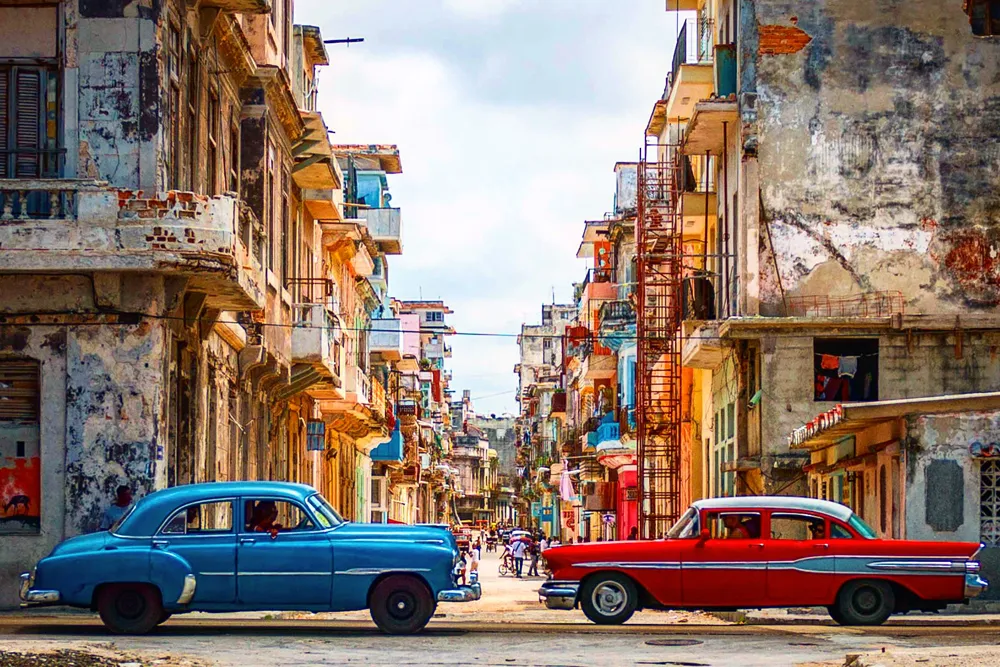
August – Music Under the Sun in Havana and Varadero
August enjoys a packed music calendar across Cuba. Havana kicks off carnival festivities while Varadero hosts an iconic festival combining jazz greats with performances of Son Cubano – the musical forefather of salsa. Catching live concerts outdoors under clear tropical skies is an energizing way to spend summer evenings on the island.
April and October – Shoulder Season Escape from Crowds
Fallling between the winter highs and summer peak, April and October are excellent options for lower-key visits to experience Cuba away from the largest crowds. Here’s what makes these ‘shoulder season’ months appealing:
- Hotel rates average 20-30% lower than peak times, stretching the travel budget further.
- Warmer months are starting to draw vibrant outdoor activities and festivals back to life after a winter lull.
- Beaches see fewer visitors, but water temperatures remain comfortable for swimming.
- Potential for some rainfall but usually brief tropical downpours instead of extended wet seasons.
Overall, these transitional months offer good weather and cultural events without the peak summer volumes, which is ideal for a more relaxed exploration of Cuba.
April – Theatre, Dance and Vibrant Holguín Festivals
April brings the island back to lively outdoor living with events nationwide. Havana enjoys a fantastic theater and drama festival while the eastern city of Holguín hosts Romerías de Mayo – ten days celebrating Afro-Cuban rhythms through music, dance, and parades. Great for soaking up regional color.
October – Between Summers but Before Hurricanes
As summer ends, October enjoys near-identical warm and sunny weather at lower prices. Some rain is possible pre-hurricane season, but isolated downpours pose little disruption. It’s the ideal shoulder time to take in last-chance beach days or wrap up sightseeing before crowds return. Just watch the tail end of the month for forming tropical storms.
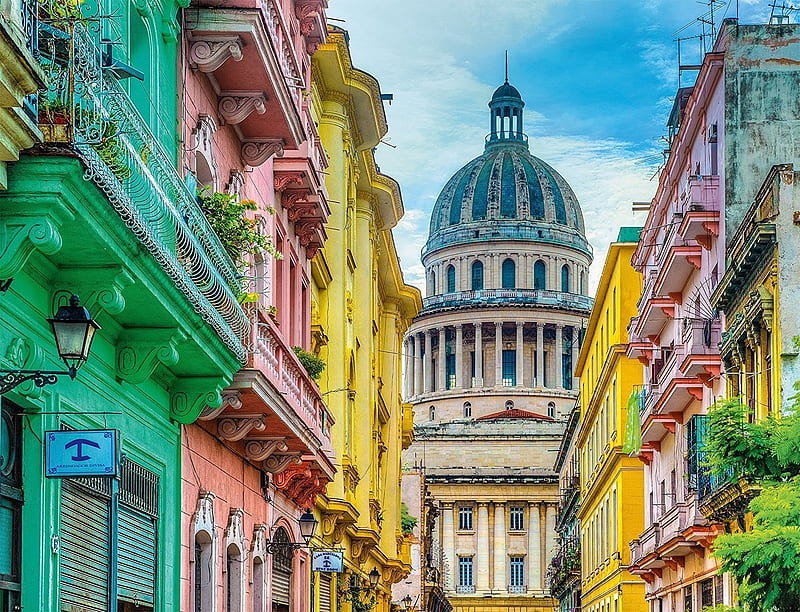
May, June, and September – Budget-Friendly Off-Season Explorer’s Delight
Venturing to Cuba from May through early September offers the distinct advantage of lower prices since it falls between the winter and summer travel spikes. While the weather can be hot and humid, occasional rains pose minimal disruption. Most attractions remain open – it’s the best budget-conscious time to experience the island. Here’s what makes the shoulder seasons appealing:
May – Theatre, Pride Festivals and Outdoor Rhythms
May continues with great festivals like Romerías de Mayo in Holguín and Havana’s fantastic theatre festival, Mayo Teatral. It’s also the month to witness the exuberant Conga Cubana parade celebrating LGBTQ+ culture islandwide. It’s a sensory delight with milder temperatures and events in full swing.
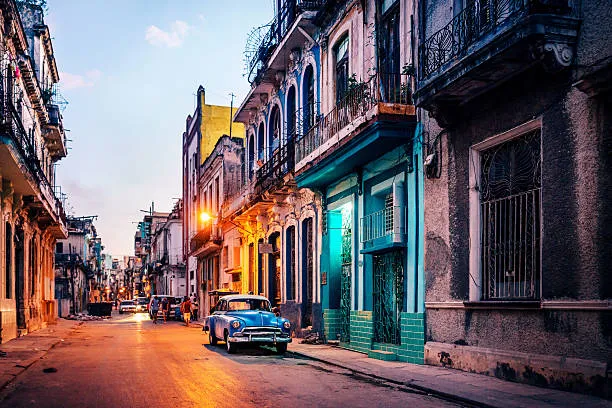
June – Steamy Escapes Before Hurricane Season
June marks the onset of the wet season with increased afternoon thunderstorms. However, most downpours are brief, and hotels slash rates up to 50% to entice visitors before the hurricane threat. With few tourists, it’s easy to find seclusion, whether beachcombing or hiking semi-deserted trails. Just monitor weather alerts.
September – End of Summer Deals Before Prices Rise
September tapers off the summer rains, but temperatures remain high. However, significant hotel discounts make it an ideal pre-frost break. Catch closing-out summer pool parties or venture to festivals like Cordero Beach’s full moon bash. Book now for the best bargains before winter rates kick in.
Hope You Have Found Your Best Time to Visit Cuba
To wrap up, with its diverse climates and cultural calendar, there truly is no wrong time to visit captivating Cuba. By understanding each season’s unique attributes, intrepid explorers can select the perfect voyage to experience this magical Caribbean gem on their terms. Safe travels and salud!
Also read: IS MUSEUM OF ICE CREAM REALLY WORTH TO VISIT IN 2024?
